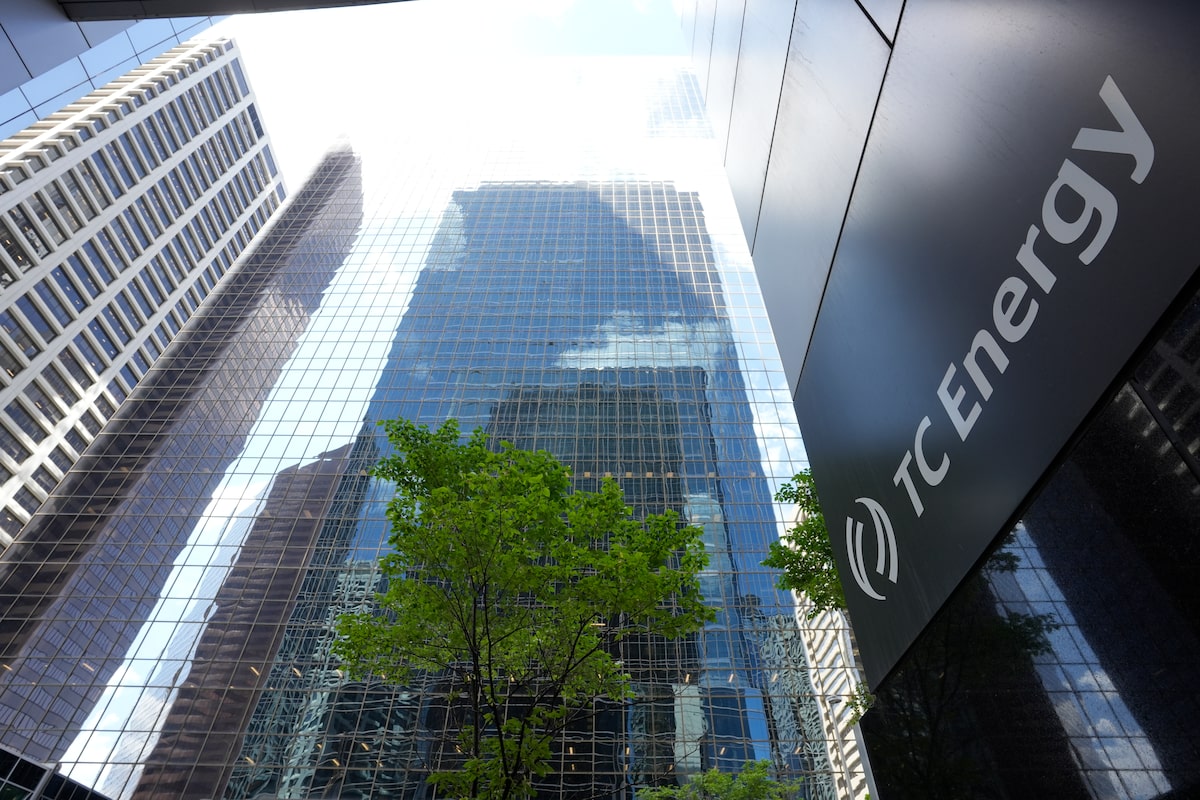Answering your questions about TC Energy’s South Bow spinoff

Readers have been filling my inbox with questions since TC Energy Corp. TRP-T completed the spinoff of its liquids pipeline business, South Bow Corp. SOBO-T, on Oct. 1. Today, I’ll answer some of these questions.
We own 4,000 shares of TC Energy. Last week, we received 800 shares of South Bow, reflecting the spinoff ratio of 0.2 of a share of South Bow for each share of TC Energy held. How will the spinoff of these new shares be treated for tax purposes? Will the shares be taxed as if the investor received a dividend, income, or a capital gain?
None of the above. The spinoff occurred on a tax-free basis. That means receiving South Bow common shares “should not result in taxable income or gain to holders … for Canadian federal income tax purposes or U.S. federal income tax purposes,” says an FAQ posted on TC Energy’s website.
What adjusted cost base should I use for my TC Energy and new South Bow shares?
That remains to be determined. A portion of the cost base of your original TC Energy shares will be allocated to your new South Bow shares, and the cost base of your TC Energy shares will fall by an identical amount. Your total cost base will therefore be the same before and after the spinoff. When you sell your TC Energy or South Bow shares, you will use the new cost base to determine your capital gain, or loss.
According to feedback from readers, some brokers are already providing an updated cost base for their clients’ TC Energy and South Bow shares. However, these are preliminary numbers and may change as the companies provide more detailed information in the coming weeks.
“Estimated proportionate allocation of adjusted cost base between TC Energy common shares and South Bow common shares is expected to be posted on the TC Energy and South Bow websites when available during the fourth quarter in 2024,” the FAQ says.
What will happen to my TC Energy dividend?
TC Energy currently pays a quarterly dividend of 96 cents a share, or $3.84 annually. The total dividend amount received by investors will be roughly the same after the spinoff, with about 86 per cent allocated to TC Energy shares, and the balance to South Bow shares, the companies have said.
The exact dividend amounts won’t be official until both companies declare dividends on Nov. 7. But South Bow’s investor presentation refers to a “base dividend” of US$2 a share, or about $2.75 in Canadian dollars, for an implied yield of about 8.6 per cent based on South Bow’s share price early Friday afternoon. TC Energy’s current annualized dividend would be expected to fall to about $3.30 a share, for a yield of about 5.3 per cent.
(If you’re doing the math and notice the combined dividends add up to more than $3.84 a share, that’s because the spinoff ratio is one-fifth of a South Bow share for each TC Energy share. Dividing South Bow’s expected dividend per share by five, and adding it to TC Energy’s expected dividend, gets you very close to TC Energy’s current dividend of $3.84 a share.)
Will my TC Energy and South Bow dividends grow?
TC Energy has said it aims to raise its dividend by 3 to 5 per cent annually, supported by growing cash flow from its natural gas pipeline and power generation assets. Taking the lower end of that dividend growth guidance, and assuming TC Energy announces a hike in February as it has done for many years, its dividend will rise to about $3.40 a share for 2025.
South Bow is a different story. With its already high yield, and an estimated payout ratio of 115 per cent of earnings and 75 per cent of distributable cash, dividend growth is expected to be muted, Maurice Choy, an analyst with RBC Dominion Securities, said in a recent note.
“While we see limited downside risk to [South Bow’s] dividend rate, we also see limited potential for dividend growth in the near term, as management had previously highlighted its belief that ‘dividends should be distributed out of earnings,, which suggests to us that potential increases might begin closer towards the end of the decade (we think 2028/2029),” Mr. Choy said.
Mr. Choy, who has an “outperform” rating and $34 price target on the shares, said the dividend “is one of the most attractive features of South Bow’s stock investment thesis in the near term.”
Should I sell or hold South Bow?
Let’s weigh the pros and cons. On the plus side, South Bow benefits from a fat dividend yield supported by highly-contracted cash flows from its flagship asset, the Keystone pipeline system, which transports crude oil from Alberta to refineries in the U.S. Midwest and U.S. Gulf Coast.
But these benefits must be balanced against the company’s elevated payout ratio, high leverage and concentrated exposure to Keystone, which accounts for about 95 per cent of estimated 2025 EBITDA (earnings before interest, taxes, depreciation and amortization), according to analyst Robert Catellier of CIBC World Markets.
Weighing all of these factors, Mr. Catellier initiated coverage of South Bow with a “neutral” rating and price target of $31 a share.
Of the other seven analysts who cover the stock, there are five hold recommendations, two buys and no sells, according to Refinitiv. The average one-year price target is $32.98, implying only modest upside for the shares, which closed Friday at $32.08 on the Toronto Stock Exchange. In other words, analysts expect that most of South Bow’s return will come from its dividend.
Bottom line: If you are looking primarily for income, consider hanging on to your South Bow shares. But if you’re seeking growth, there are probably better alternatives.
E-mail your questions to jheinzl@globeandmail.com. I’m not able to respond personally to e-mails but I choose certain questions to answer in my column.